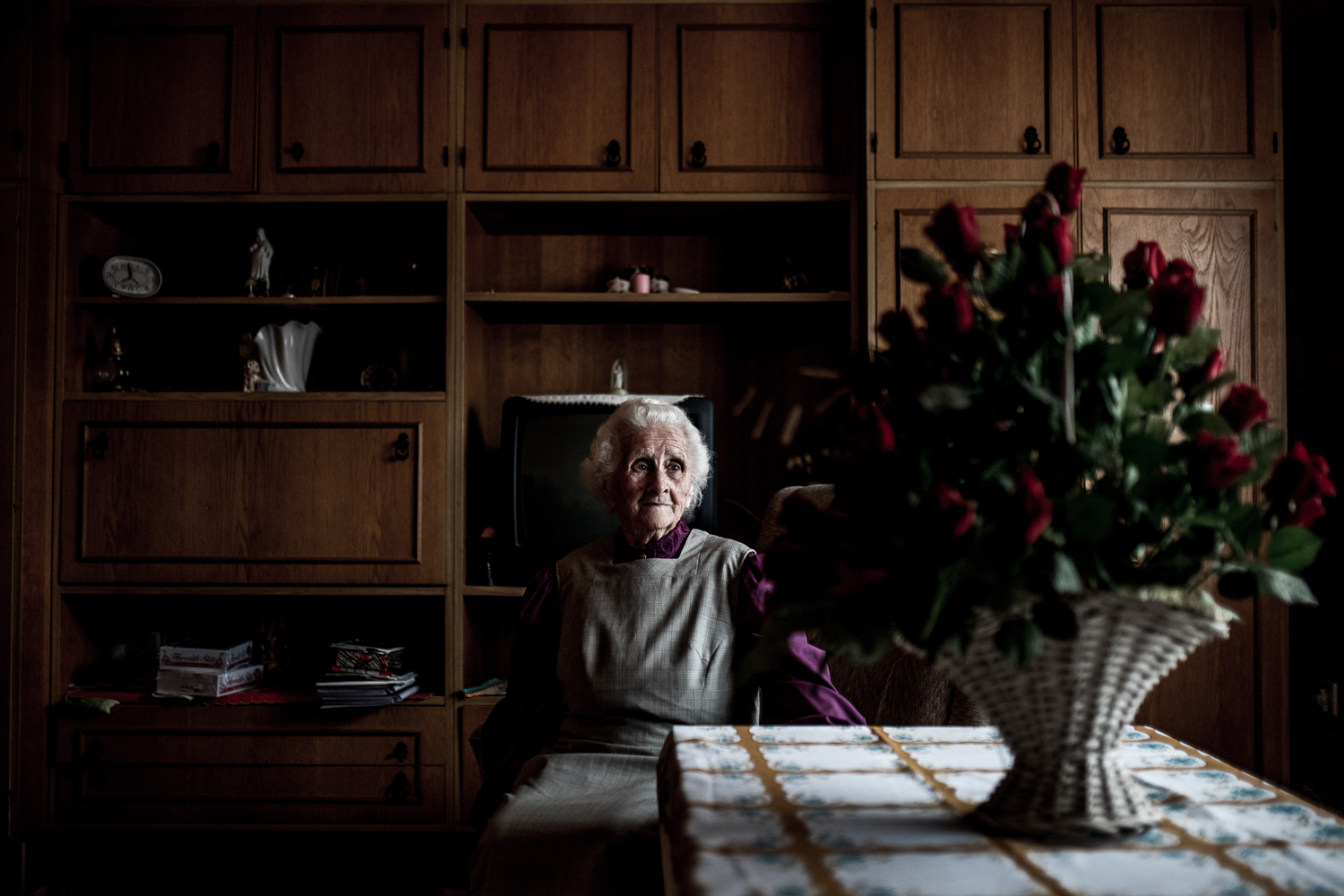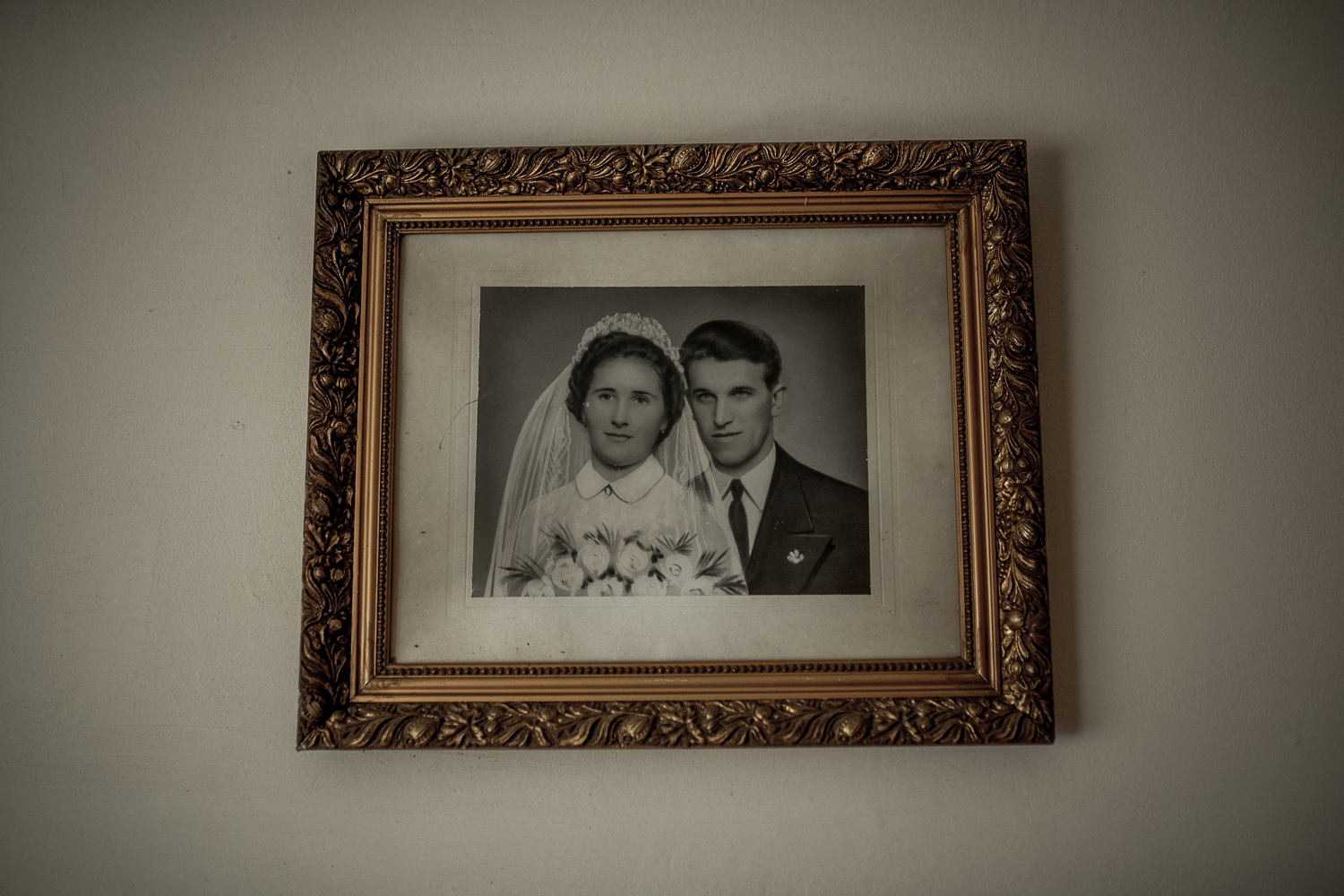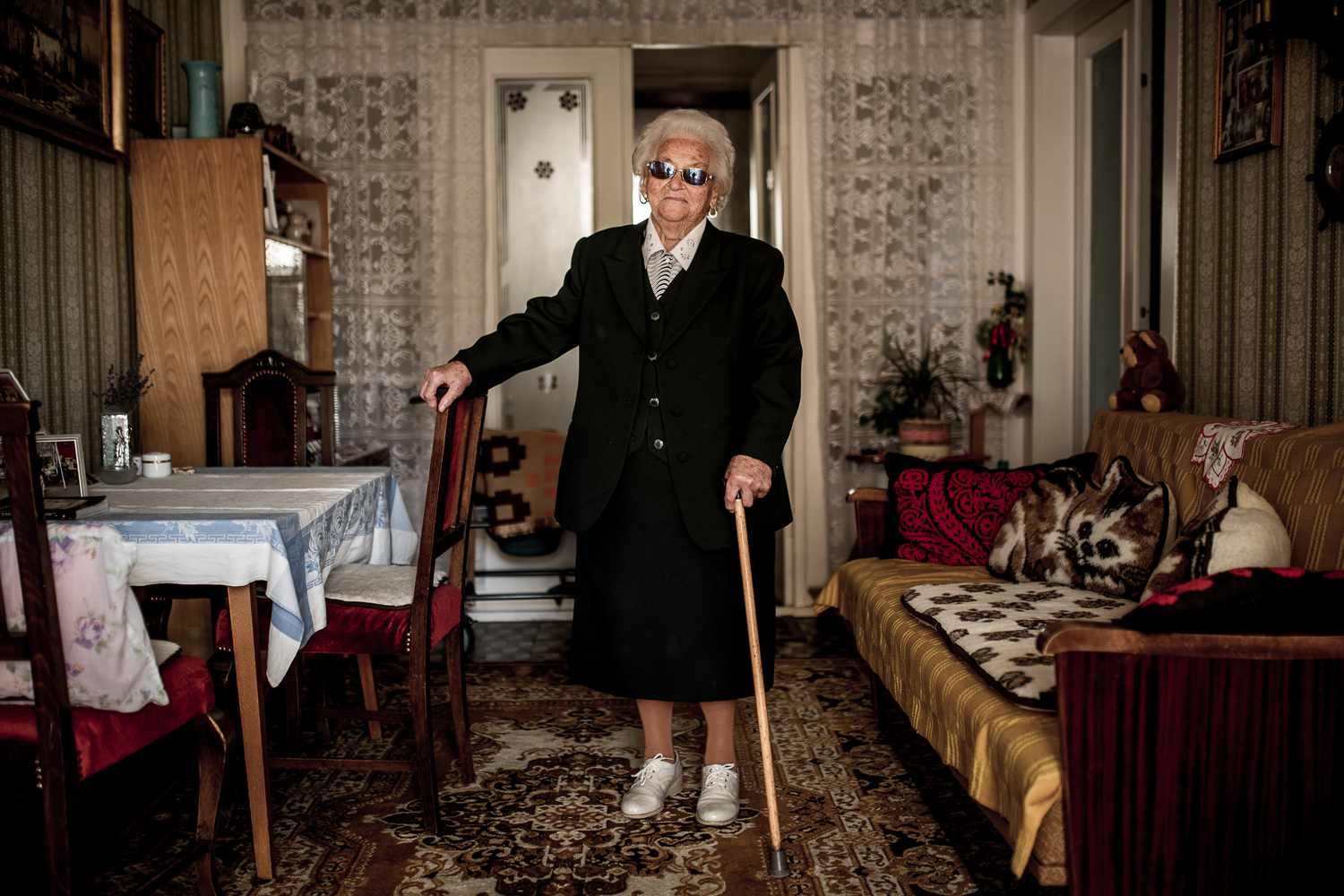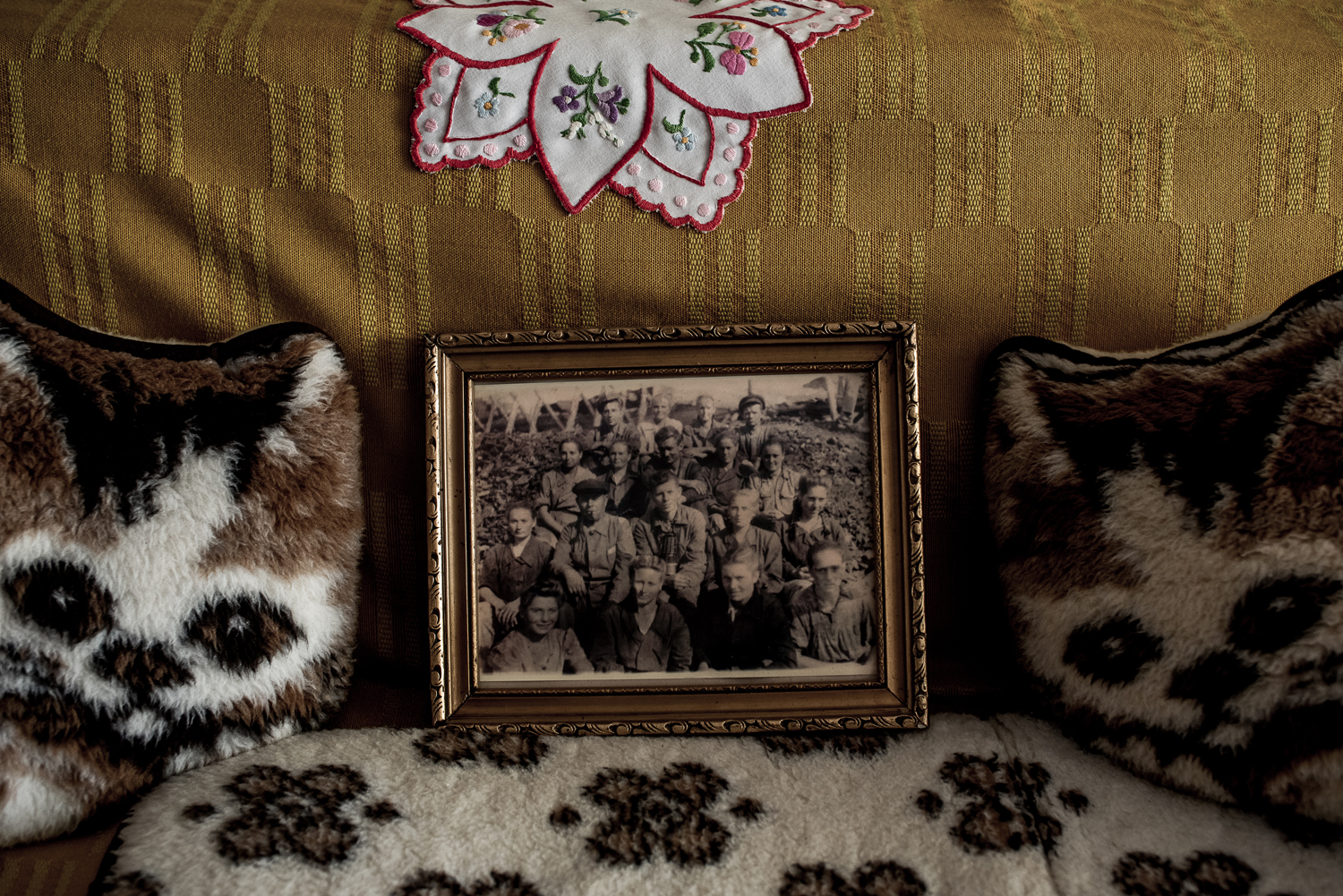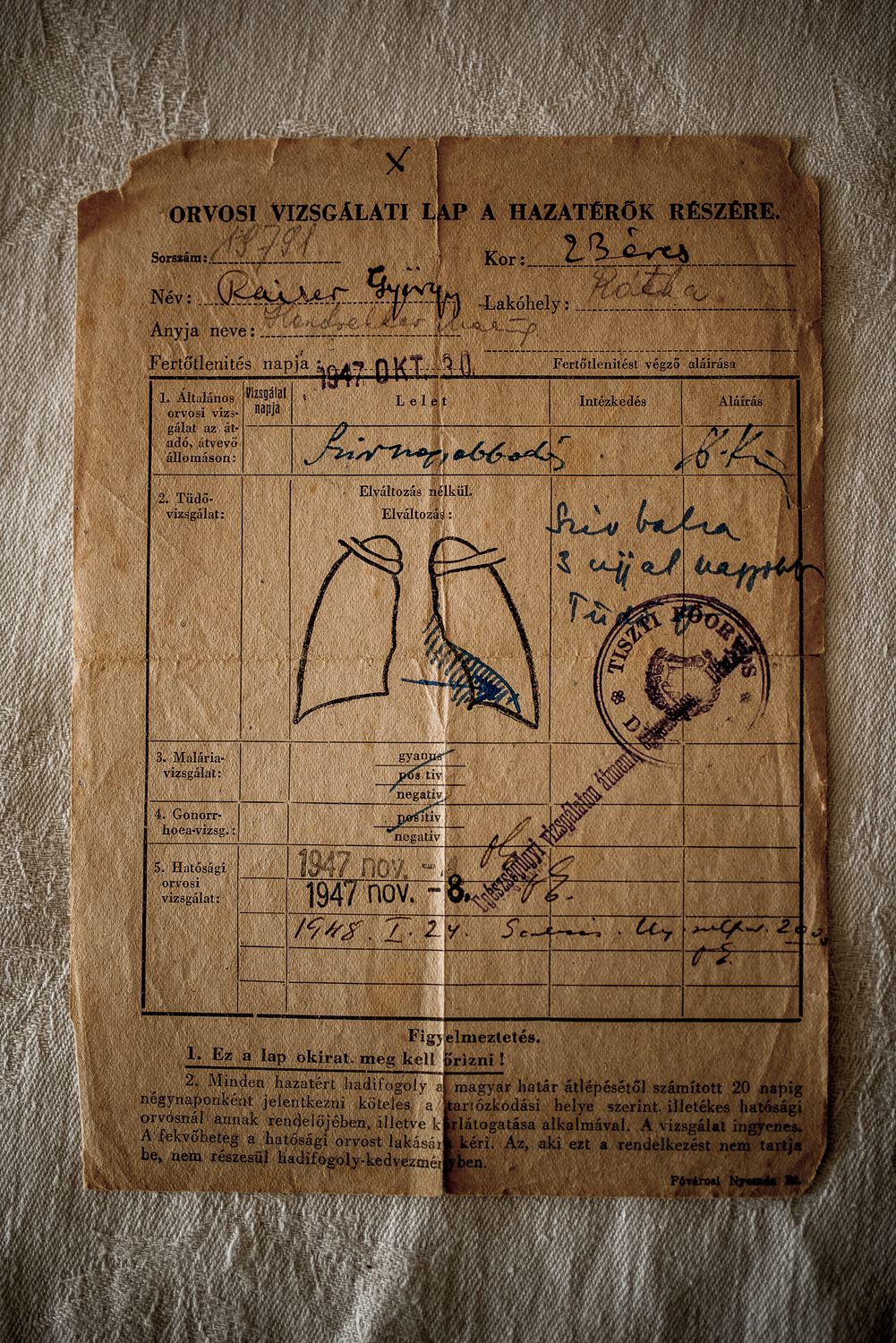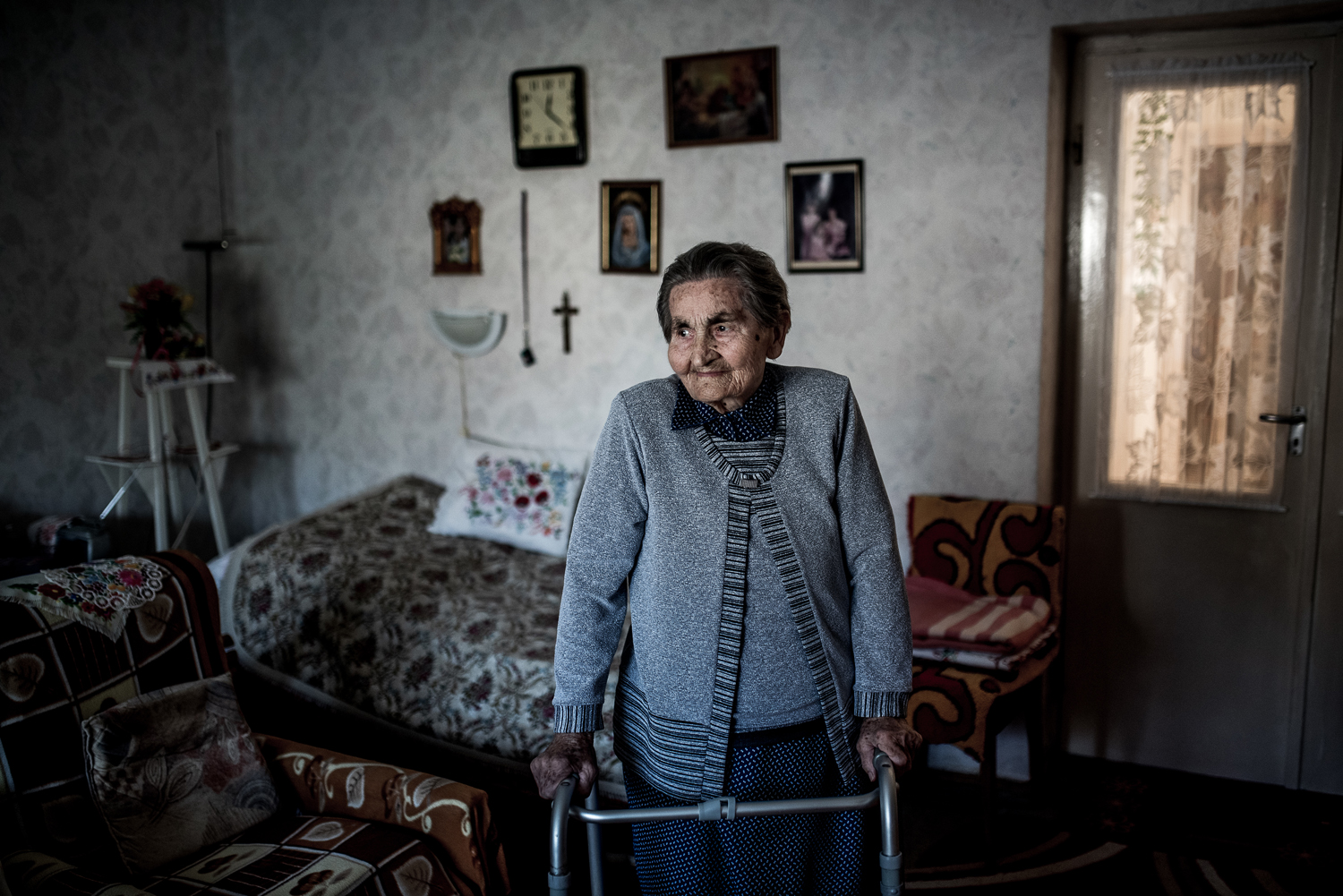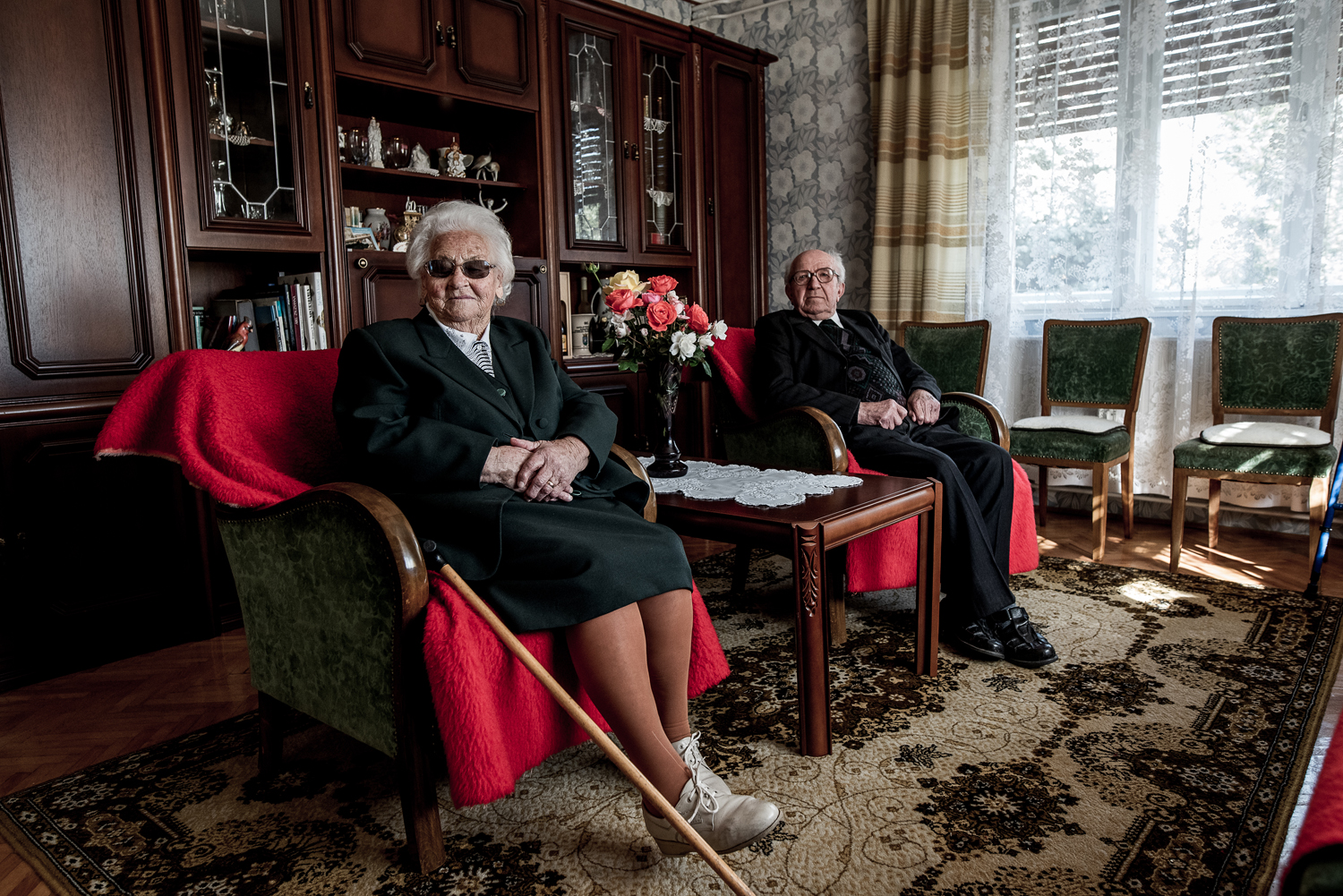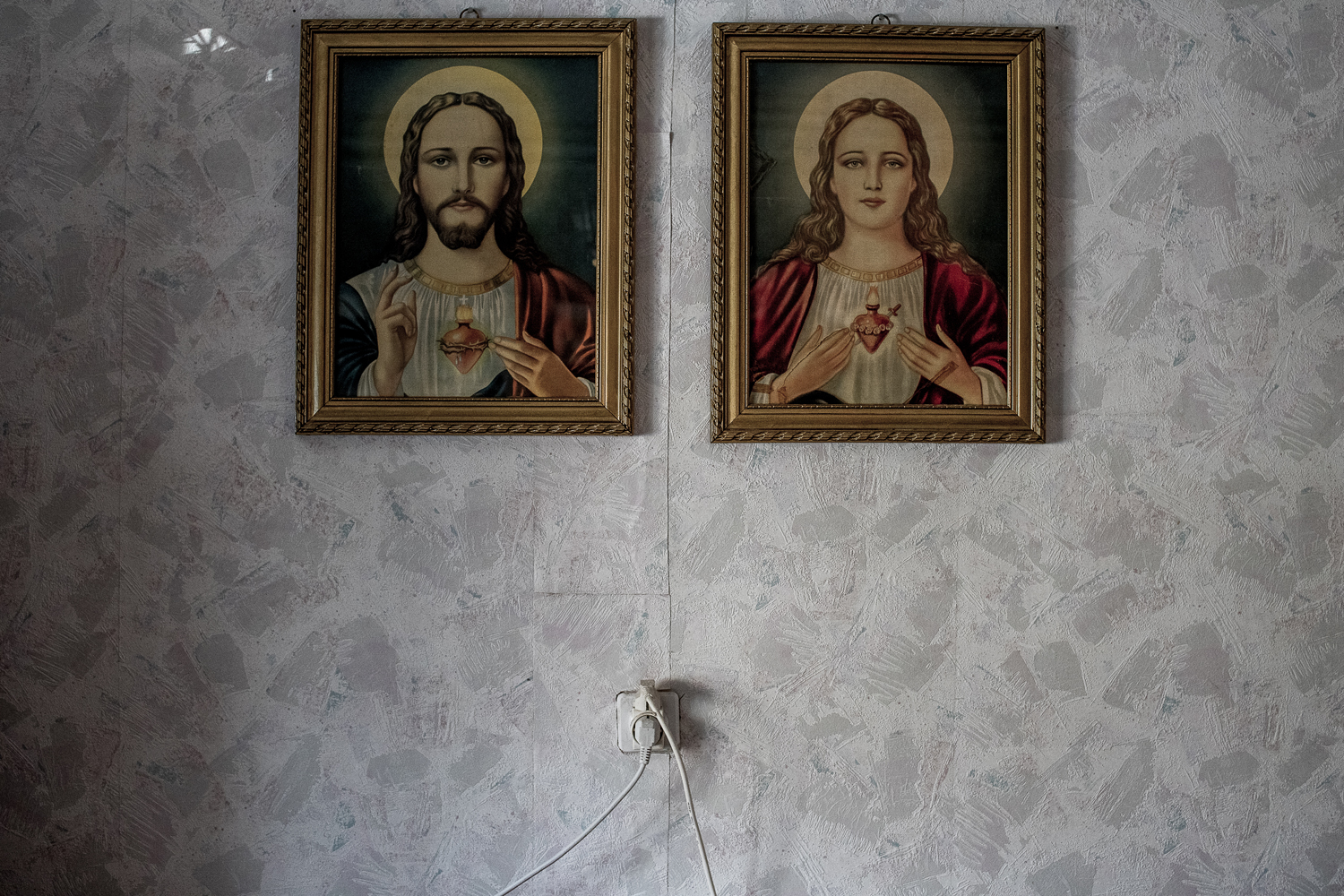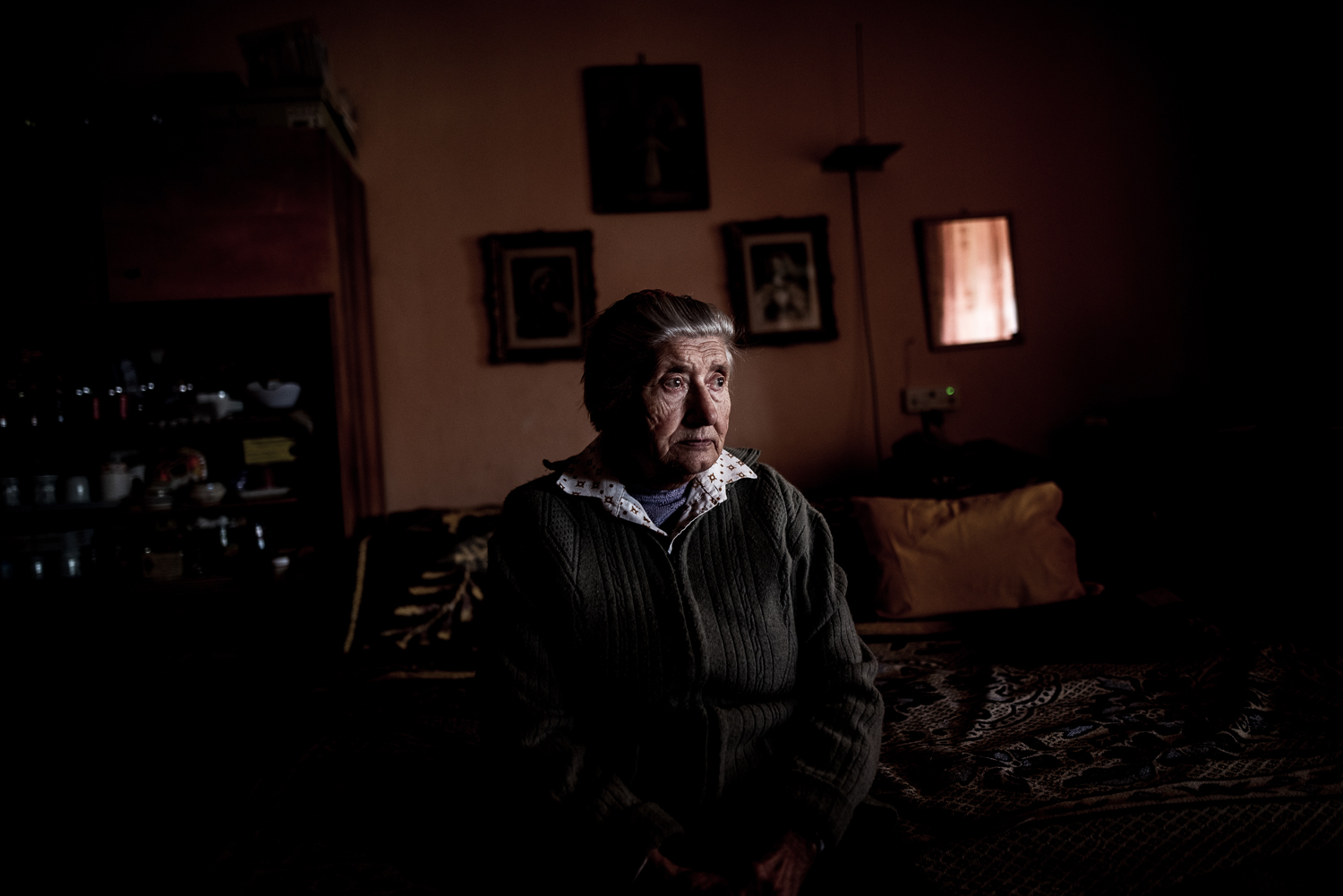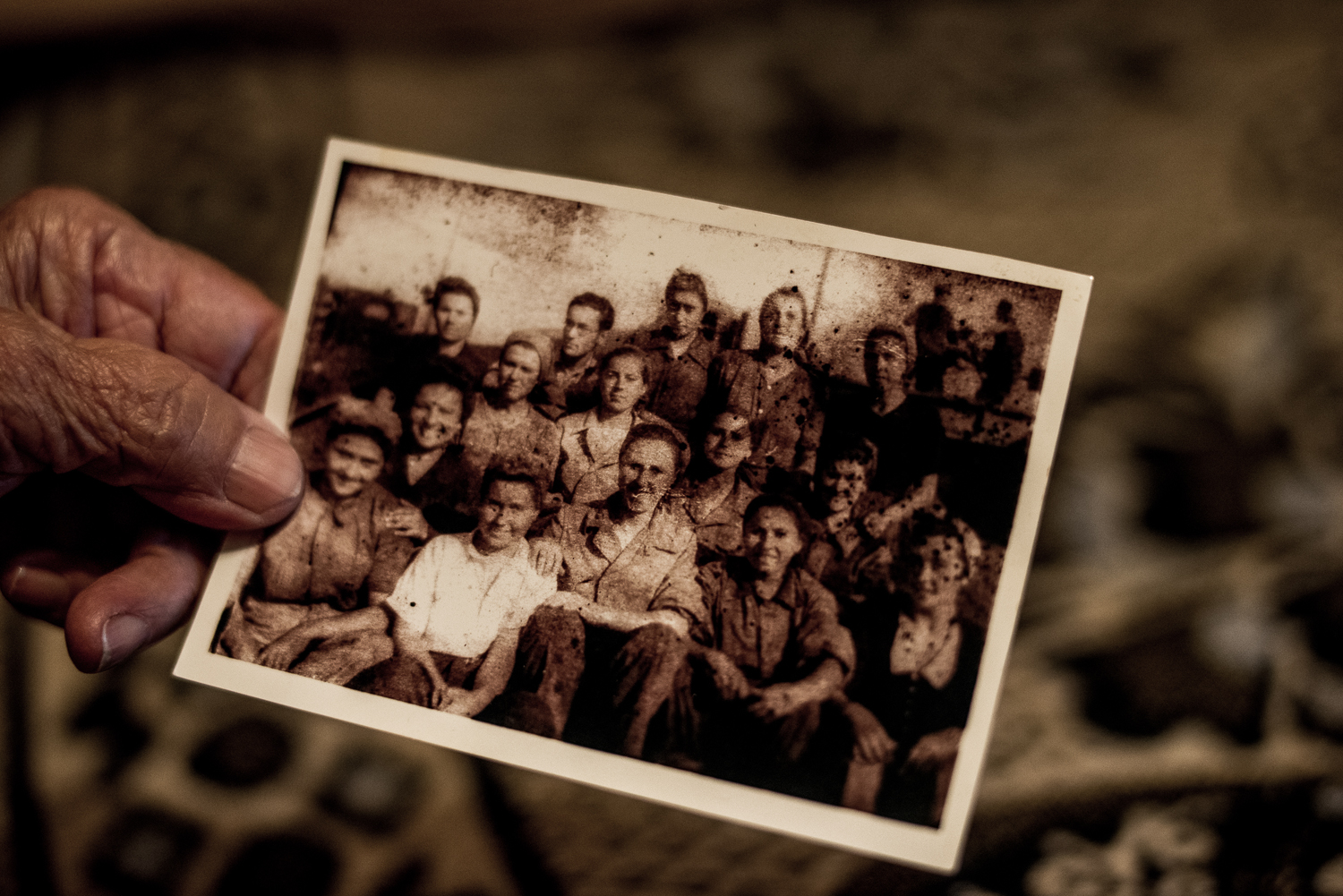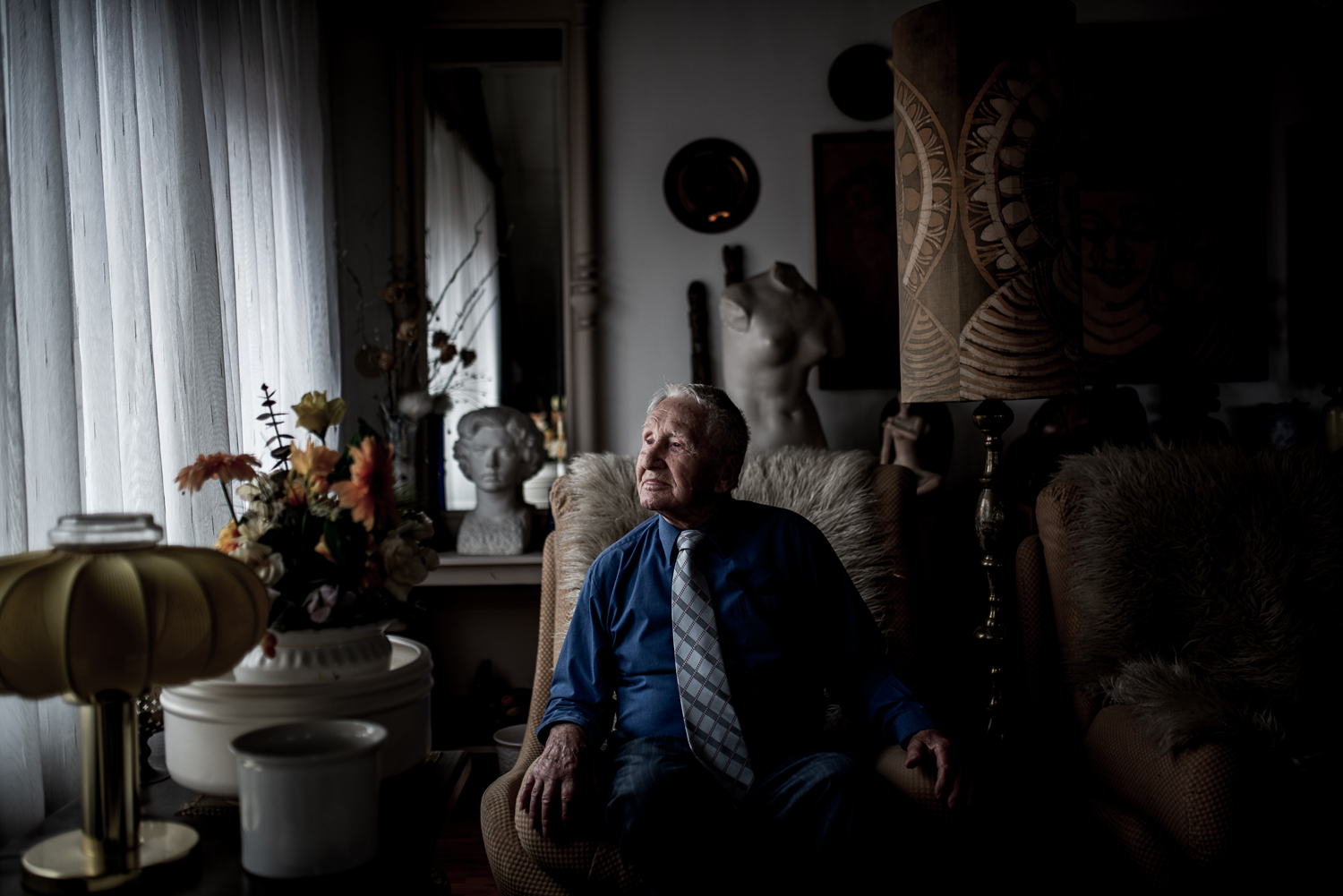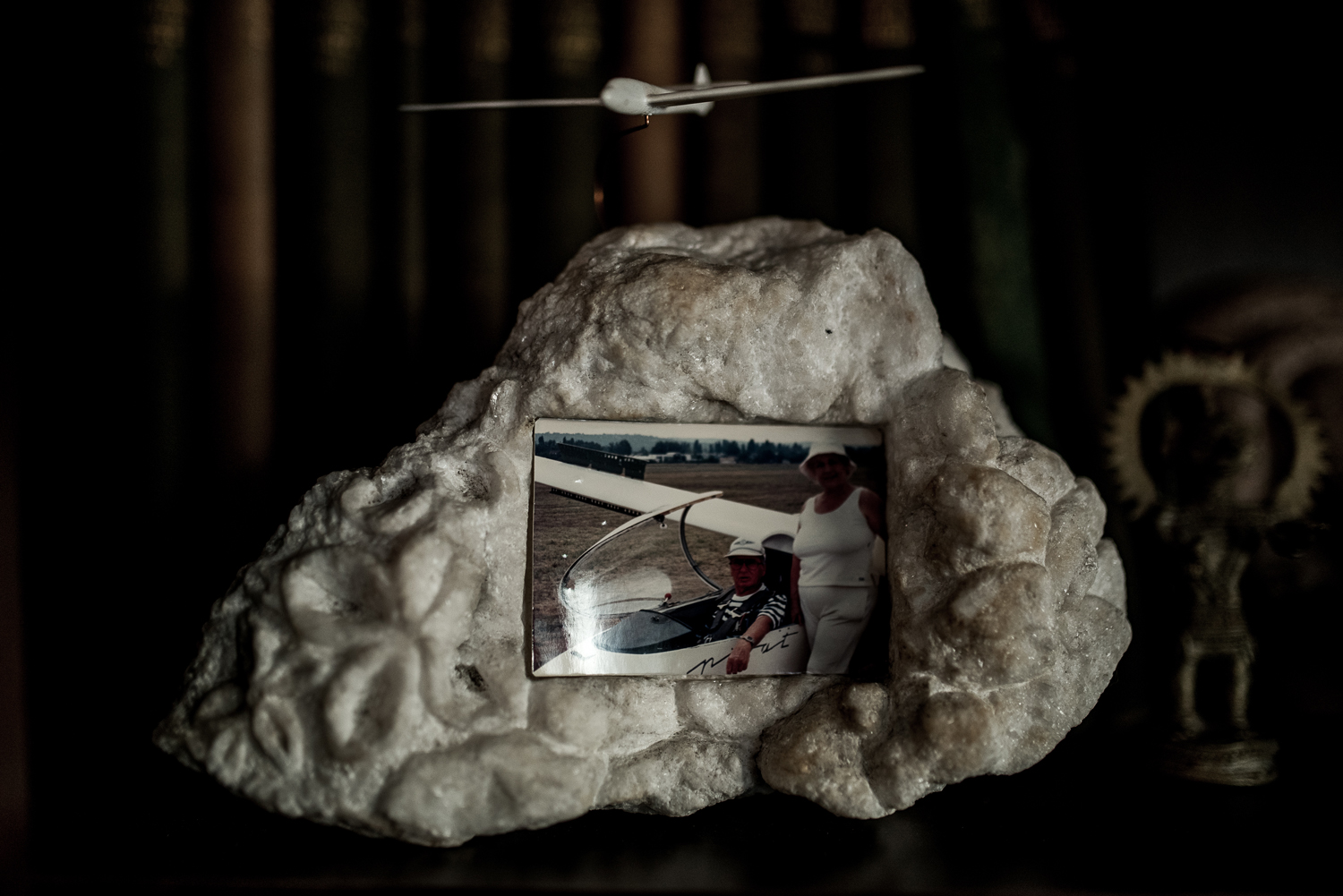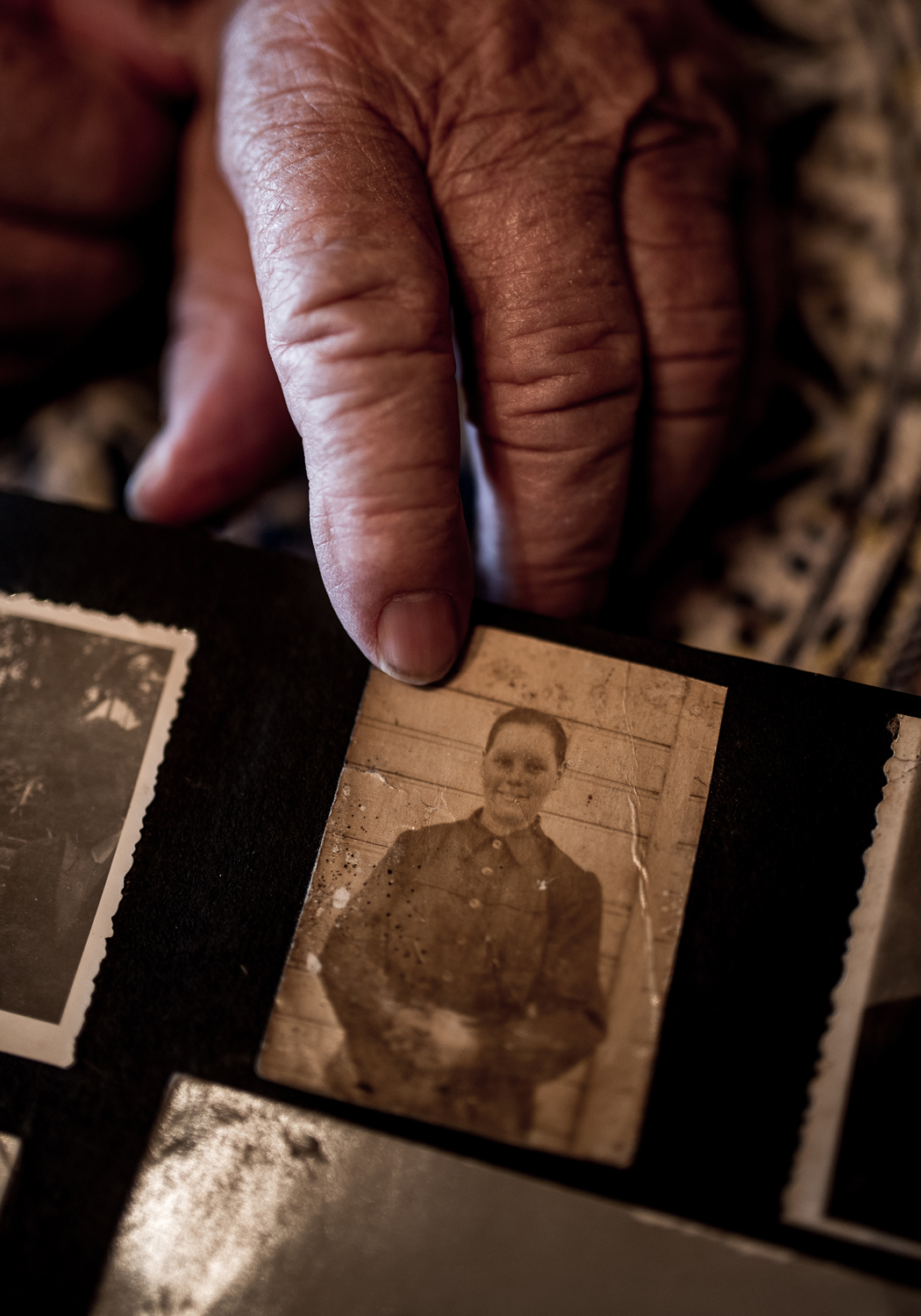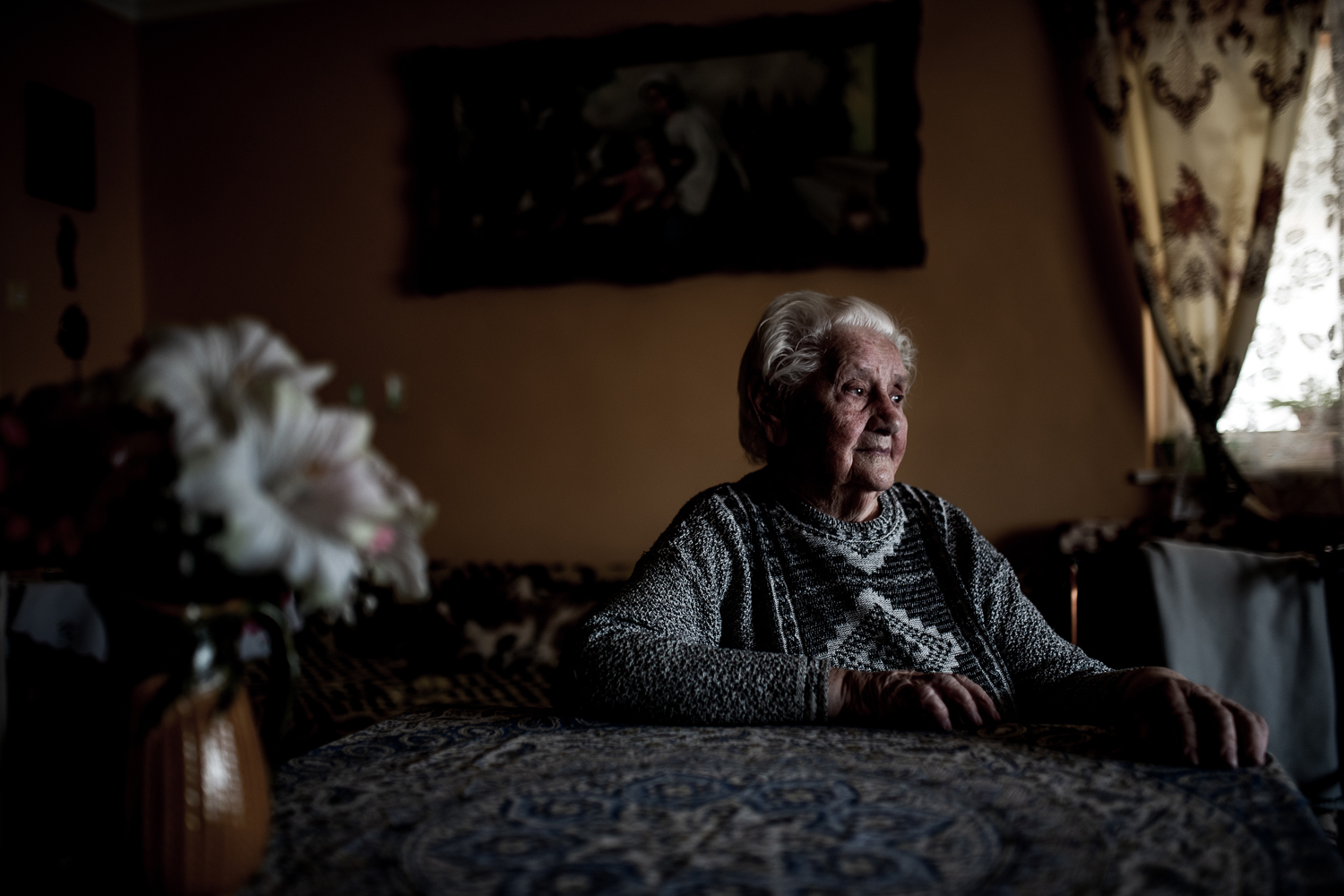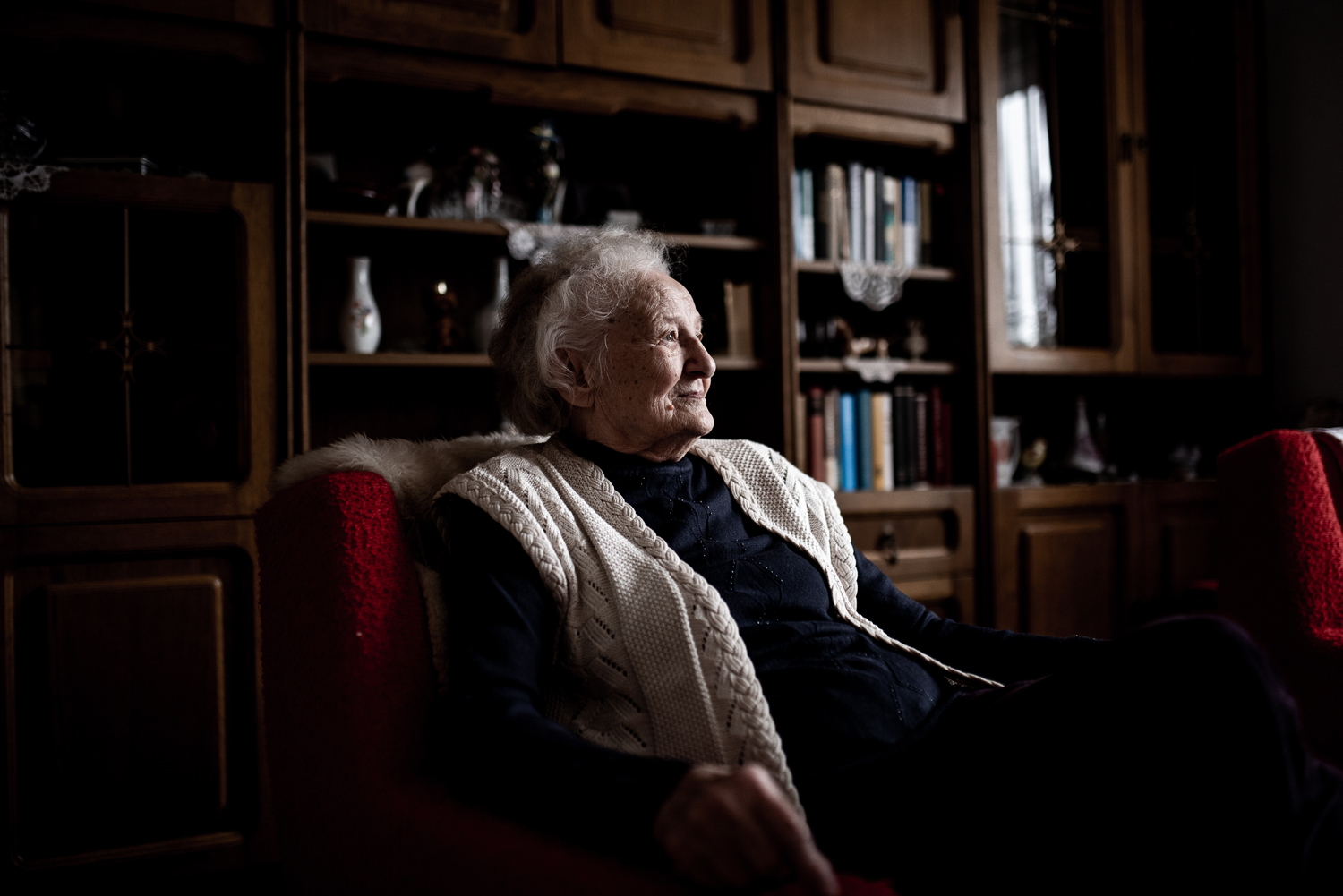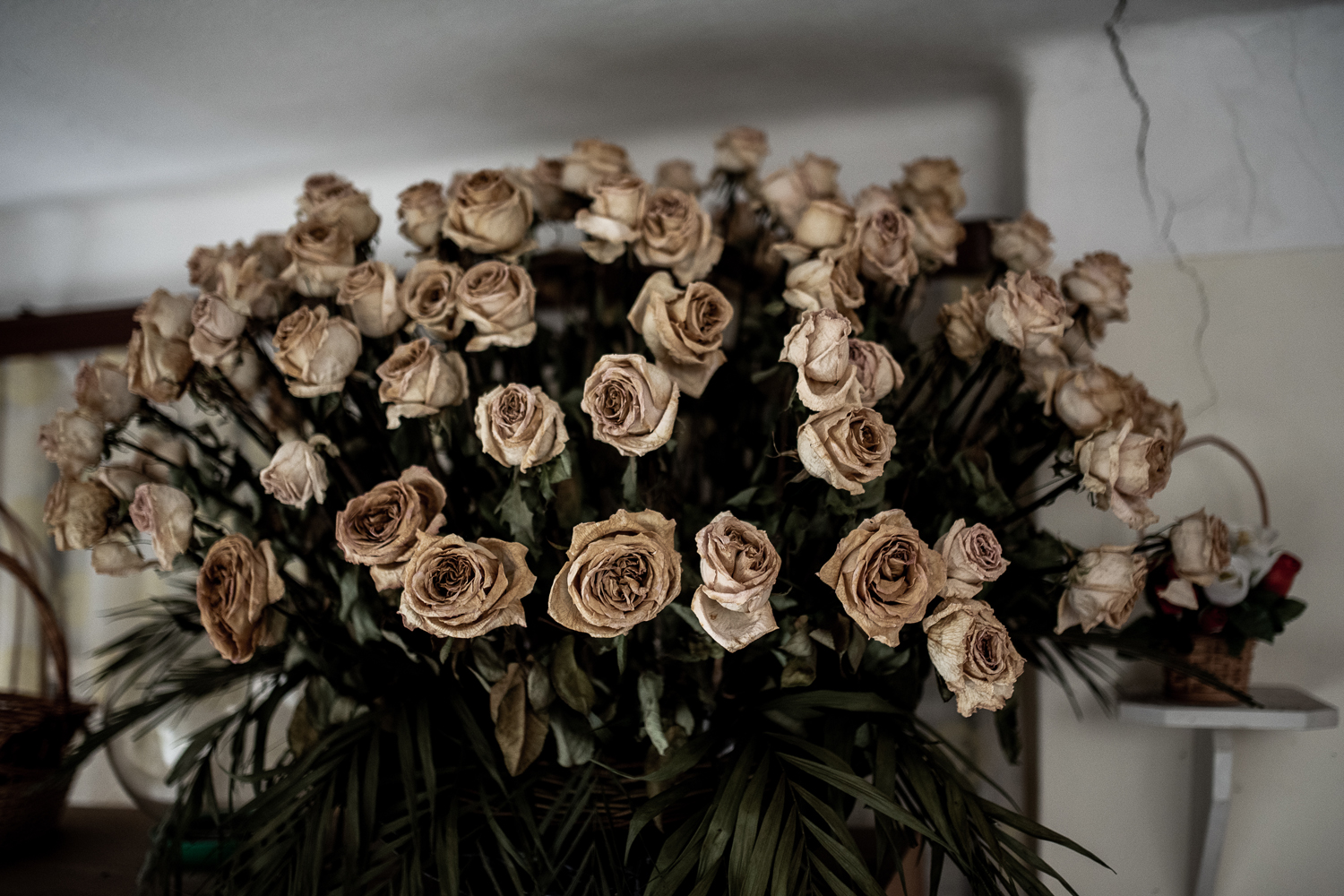Istvan Bielik
The last story-tellers of Málenkij robot
The term ‘Gulag’ refers to a system of labor camps that were present in the whole of the Stalinist Soviet Union. The Main Administration for Affairs of Prisoners of War and Internees (GUPVI) in charge of handling of foreign civilian internees and POW in the Soviet Union during and in the aftermath of World War II. In many ways the GUPVI system was similar to GULAG.Its major function was the organization of foreign forced labor in the Soviet Union. Otherwise the conditions in both camp systems were similar: hard labor, poor nutrition and living conditions, high mortality rate. Málenkij robot – the origin of this expression comes from the Russian 'malenkaja rabota', meaning a little work. Most of the people taken for malenkij robot were made to work in mines, in factories, and on logging and construction sites; a minority were sent to collective and state farms in inhumane conditions. A total of about 700,000 Hungarians were deported to Soviet labor camps; only about 400,000 of them returned home. During the deportation and the time spent in the work camps approximately 300,000 people died. Most of the deported civilians were made prisoners of war, whilst a minority were placed in detention camps. The latter, including many women and girls, were taken there on the pretext that they were of German descent. About 32.000 Swabians, the German-speaking minority of Hungary deported to forced labor in 1944 and 1945. After returning home, they forced the mentally and often physically injured people into silence. Considering their age, only a small number of the survivors of the forced labor camps are still alive. This is the last chance to prevent their stories from disappearing into the maze of history and thus honoring them. Their stories are not only memories – they are also reminders that horrors like them cannot happen ever again.
Istvan Bielik
Istvan Bielik worked for Népszava the oldest hungarian daily paper from 2007 to 2014 as a photojournalist where he learned the the tricks of the profession. In 2014 he worked a year for origo.hu. From 2017 he has been working as a freelancer for Nők Lapja the oldest hungarian magazine and for 24.hu news portal as well. His works has been rewarded with prestigious awards: he was awarded the Grand Prize of the 32nd Hungarian Press Photo Contest in 2013 for the reportage about the Syrian civil war. In 2015, he reported on the armed conflict in East-Ukraine. In the same year he coverd the refugee crisis from Turkey to Western- Europe, and participated in the World Press Photo Organization's Joop Swart Masterclass. In 2017 he took part in the workshop of Magnum Photos as a recipient of the Robert Capa Centre’s scholarship. In 2018 he has beed received Hemző Károly Grant for his works made in a demanding formal language with serious social sensitivity. He received József Pécsi Photography Grant in 2015 and in 2018.


